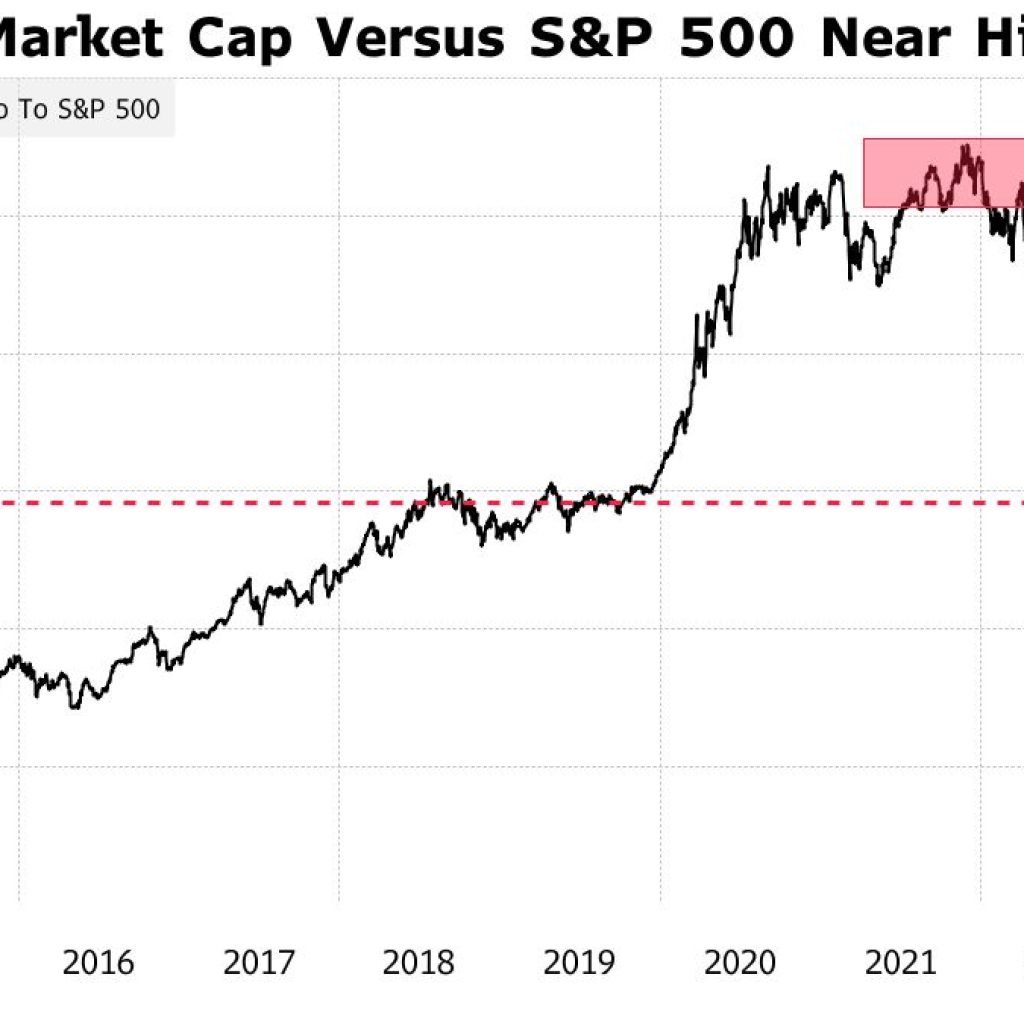President Joe Biden’s recent executive order on artificial intelligence (AI) has stirred significant debate and concern within the AI community. This order, signed on Monday, addresses a range of AI-related issues, from intellectual property laws to restrictions on AI trained to understand DNA. While the exact consequences and legality of the order remain uncertain, one thing is clear: the AI landscape is poised to become more challenging for smaller entities to navigate.
Thresholds for computing power
One of the central components of President Biden’s executive order is the establishment of thresholds for computing power used in AI model training. Essentially, this means that AI models trained with more computing power can process a greater volume of information during their training, resulting in potentially superior performance. The order mandates that reports be submitted to the secretary of commerce if trained models exceed these thresholds.
While this may be manageable for large corporations with substantial resources, it poses a significant challenge for smaller entities and individuals who rely on “fine-tuning” to teach AI models specific tasks. The order does not specify whether the threshold counts cumulatively, which raises concerns about smaller players inadvertently exceeding these limits.
Fine-tuning and open-source models in peril
Perhaps the most controversial aspect of the executive order is its potential impact on fine-tuning and open-source AI models. Smaller businesses often rely on fine-tuning open models to develop their AI solutions, and the new regulations could create significant hurdles for them.
For instance, Meta’s Llama-2 and Mistral AI’s Mistral 7B are widely used open models that could face increased scrutiny under this order. Yann LeCun, Chief AI Scientist at Meta, has voiced concerns that the lobbying efforts of Sam Altman and others are an attempt to perform “regulatory capture.” LeCun warns that this could result in a scenario where only a handful of companies from the US and China control AI, potentially limiting innovation and diversity in the field.
Centralization of AI power
Sam Altman, CEO of OpenAI, had previously advocated for open-source AI and warned against the centralization of AI power. He cautioned against a world where a few dominant companies dictate the course of AI development. However, the executive order’s focus on regulation and thresholds raises questions about whether it might lead to the very centralization that Altman had warned against.
Altman’s earlier concerns about centralization were based on the idea that a small group of entities could come to control the “light cone of all future value in the universe.” While this is a grandiose claim, the executive order’s potential impact on fine-tuning and open-source AI models brings these concerns to the forefront.
Positive aspects of the order
It’s essential to note that President Biden’s executive order isn’t entirely negative. It includes provisions for modernizing immigration pathways for AI experts and potentially expanding visa renewal programs for STEM students. These measures could benefit the AI industry by facilitating the entry of talent into the field.
Additionally, the order calls for recommendations to be made to the president regarding another executive order on copyright and AI. While this area could go either way, it presents an opportunity to address some of the challenges posed by intellectual property laws in the context of AI.
As the ramifications of President Biden’s AI executive order begin to unfold over the coming months and years, the AI landscape is facing a period of uncertainty. The order’s focus on computing power thresholds and potential restrictions on fine-tuning and open-source models raises concerns about the impact on smaller entities and the broader AI community.
While there are elements of the order that could be beneficial for innovation and talent in the AI industry, the potential for regulatory capture and the centralization of AI power remain significant concerns. Sam Altman’s shift in perspective, from advocating for open-source AI to navigating a more regulated landscape, underscores the complex and evolving nature of AI policy and its implications for the future of the field. As stakeholders and policymakers work to implement and refine the executive order’s provisions, the AI community will be closely watching to see how these changes shape the industry’s future.





